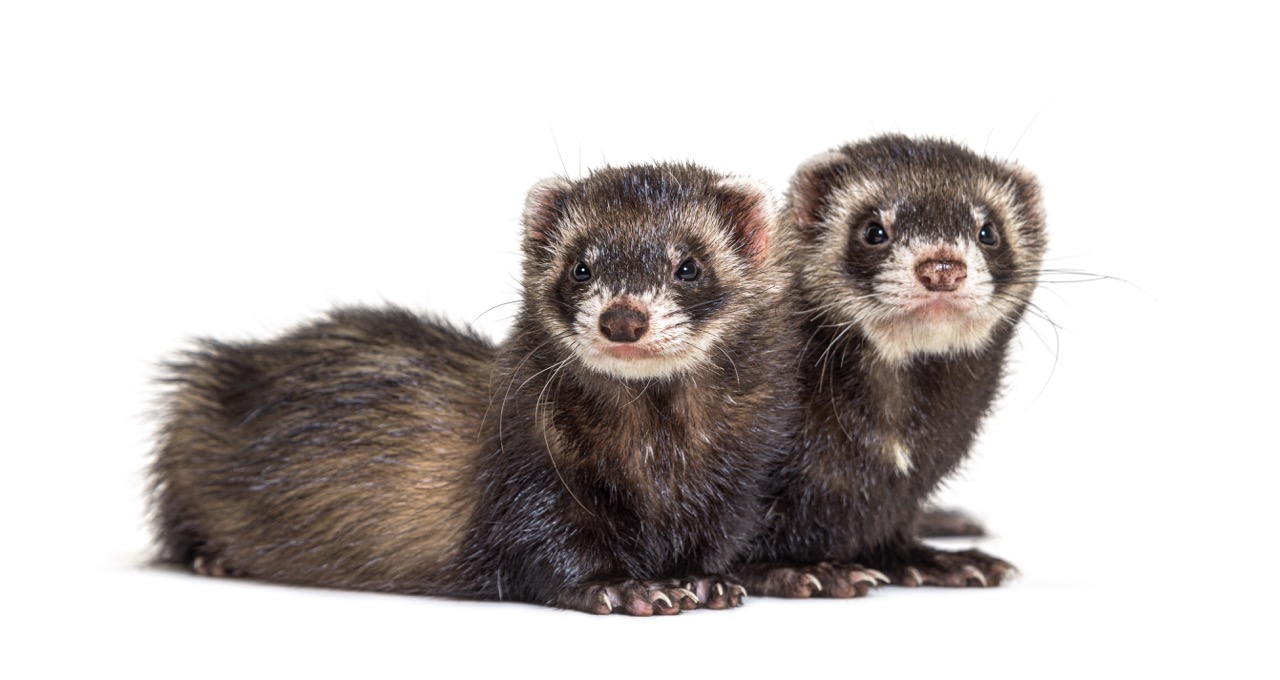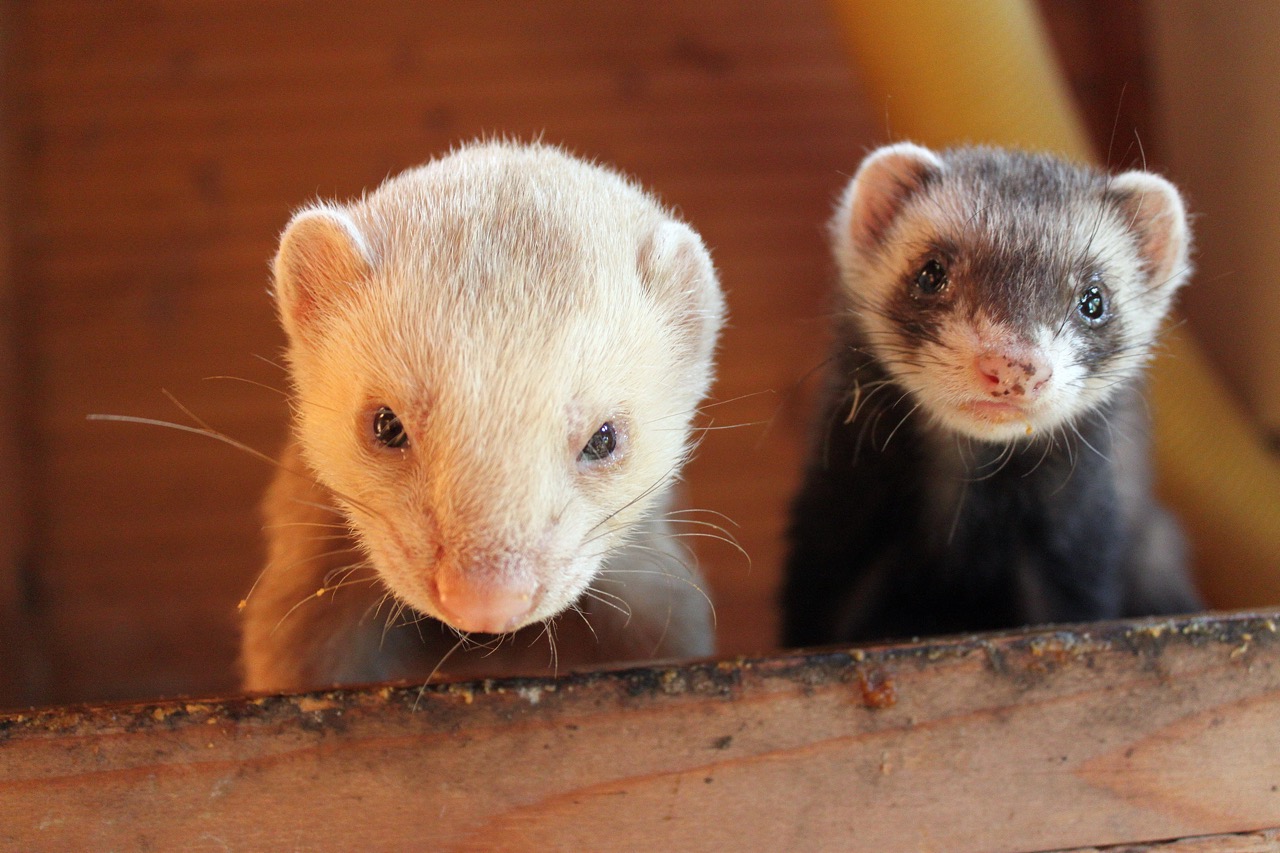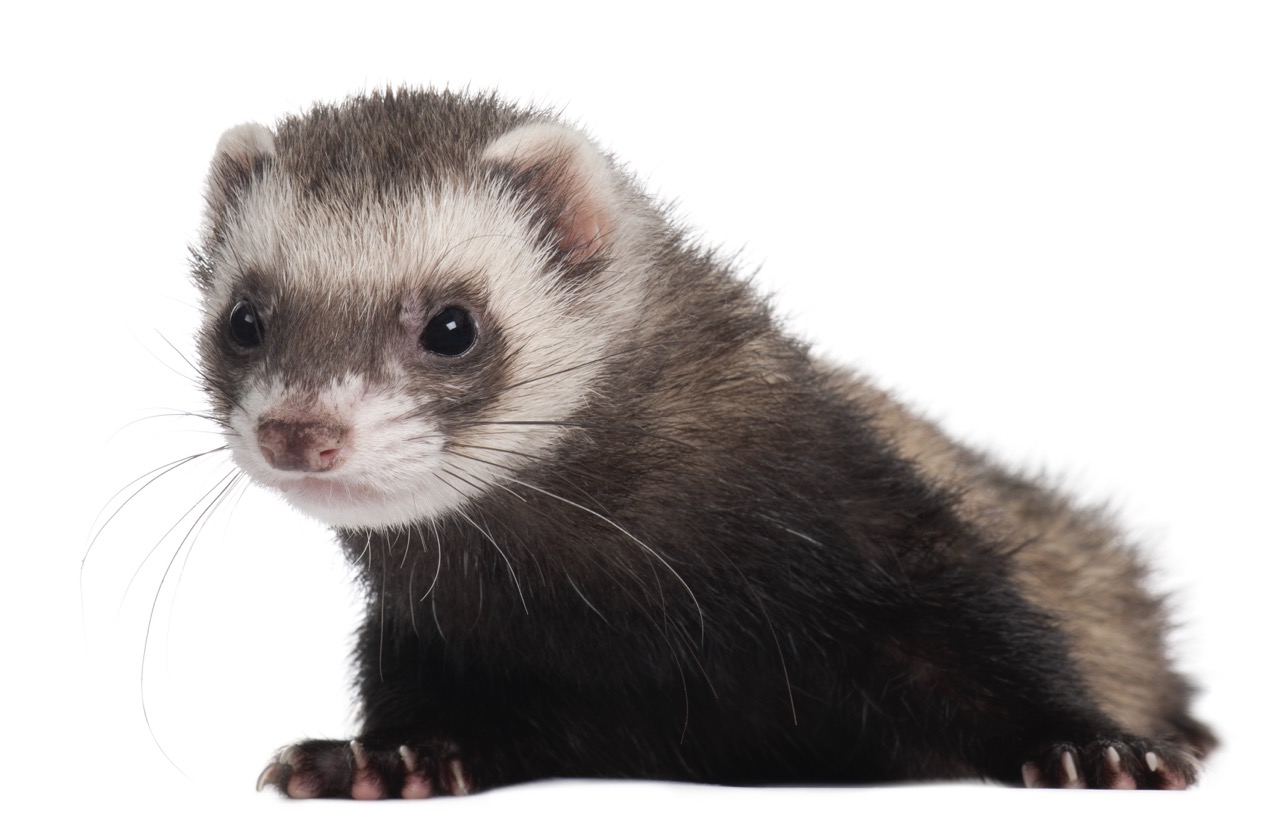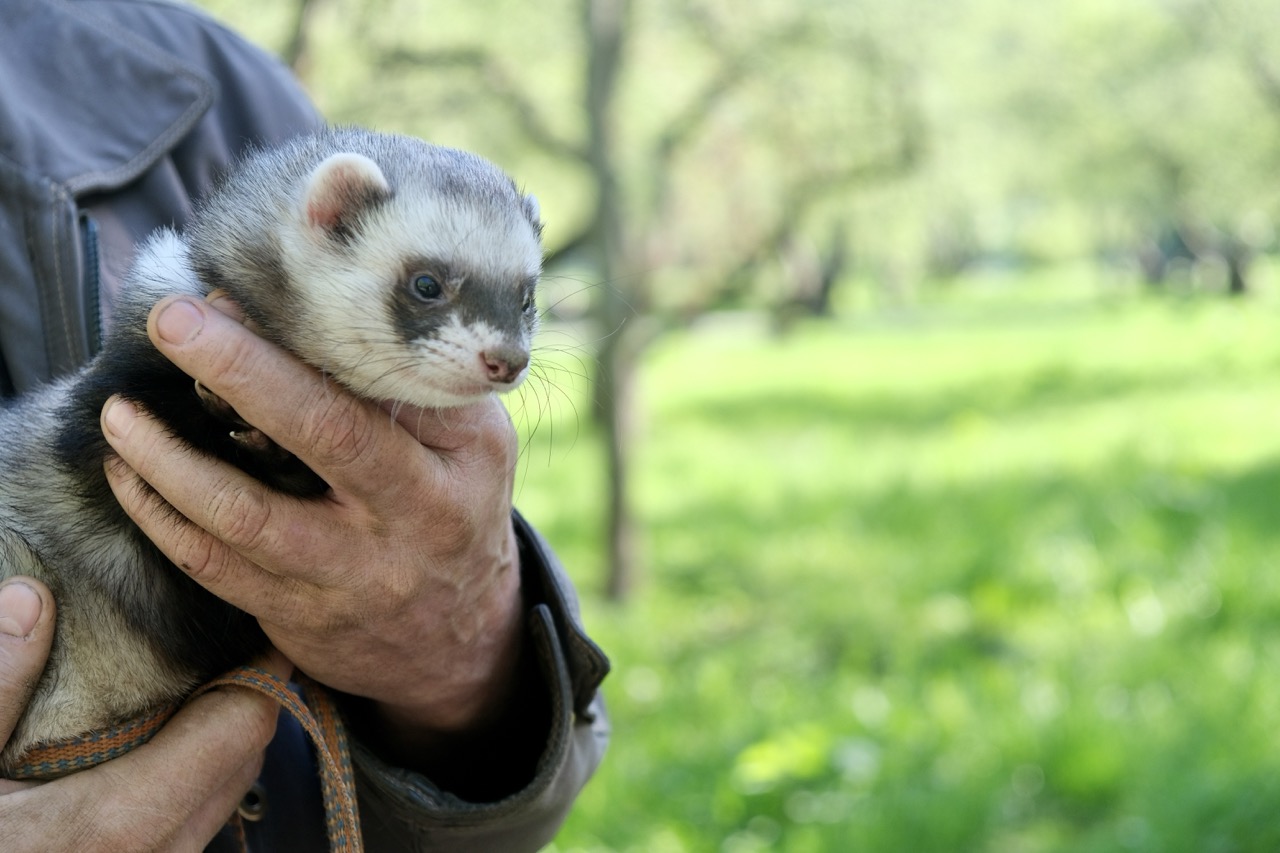Grooming is an essential aspect of ferret care that often gets overlooked by new pet owners. Regular grooming not only helps maintain your furry friend’s cleanliness and health but also strengthens the bond between you and your ferret. By understanding the importance of grooming, the necessary tools, and techniques involved, you can ensure that your pet remains happy and healthy. This article will provide a comprehensive guide on ferret grooming, including common challenges and solutions.
Understanding the Importance of Regular Ferret Grooming
Regular grooming is crucial for ferrets for several reasons, primarily related to their health and hygiene. Ferrets have a unique coat that can trap dirt, oils, and loose fur, which can lead to skin irritations if not addressed. Additionally, grooming helps to distribute natural oils throughout the coat, promoting a shiny and healthy appearance. Neglecting grooming can result in matting, which can cause discomfort or even pain for your ferret.
Another significant aspect of grooming is the opportunity it provides to inspect your ferret’s skin and coat for any signs of health issues. During grooming sessions, you can check for unusual lumps, parasites, or skin infections—early detection is key to addressing potential health problems effectively. Regular grooming also allows you to monitor your ferret’s weight and physical condition, ensuring they remain in optimal health.
Finally, grooming is an excellent opportunity for bonding with your ferret. As social creatures, ferrets thrive on interaction and affection from their owners. By incorporating grooming into your routine, you can create a positive experience that fosters trust and companionship. This bond will be beneficial not only for your ferret’s emotional well-being but also for making grooming sessions more manageable over time.
Essential Tools for Effective Ferret Grooming Sessions
Before diving into the grooming process, it is essential to gather the right tools to ensure an effective session. A soft bristle brush is a must-have for ferret grooming, as it helps to remove loose fur and dirt without irritating the skin. For ferrets with longer or thicker fur, a grooming comb may also be useful to tackle any tangles or mats that may develop. Having these tools at hand will make the grooming process more efficient and enjoyable for both you and your ferret.
In addition to brushes and combs, a nail clipper designed specifically for small animals is another essential tool. Regularly trimming your ferret’s nails is crucial to prevent overgrowth, which can lead to painful injuries or mobility issues. Make sure to have styptic powder on hand as well; this can help stop any bleeding in case you accidentally cut the quick during a nail trim.
Lastly, consider investing in a pet-specific shampoo for those occasions when your ferret requires a bath. Ferrets are prone to oily skin, so using a mild, ferret-friendly shampoo will keep their coat clean without stripping it of essential oils. Always have a towel nearby for drying your ferret post-bath, and remember to consult with your veterinarian regarding the frequency of baths, as excessive washing can lead to skin irritations.
Step-by-Step Guide to Grooming Your Ferret Properly
To begin grooming your ferret, it’s best to create a calm environment where your pet feels safe and comfortable. Choose a quiet room, free from distractions, and consider using a non-slip surface for better stability. Gently hold your ferret in your lap or on a flat surface, ensuring they are secure yet relaxed. Let your ferret sniff the grooming tools before getting started to familiarize them with the process.
Begin with brushing your ferret’s coat. Use the soft bristle brush to gently work through the fur, starting from the head and moving toward the tail. Pay special attention to areas prone to matting, such as behind the ears and under the legs. Be patient and use slow, gentle strokes to avoid causing any distress. If you encounter tangles, use a comb carefully to detangle without pulling on the fur.
Once you have brushed your ferret, it’s time to check their nails and ears. Use the nail clippers to trim each nail carefully, avoiding the quick (the pink part of the nail). If your ferret is particularly fidgety, consider having someone assist you to hold them steady. After the nails are clipped, inspect your ferret’s ears for any dirt or wax buildup, gently cleaning them with a cotton ball dampened with a vet-approved ear cleaner if necessary. Finally, reward your ferret with treats and affection to reinforce positive behavior during grooming.
Common Grooming Challenges and How to Overcome Them
One common challenge pet owners face during grooming sessions is their ferret’s resistance to being groomed. Ferrets can be wiggly and may try to escape, making it difficult to complete grooming tasks. To overcome this, try to establish a regular grooming routine from a young age, as early socialization will help your ferret become accustomed to the process. Make the experience enjoyable by using treats and providing plenty of positive reinforcement.
Another issue may arise with matting, especially in long-haired ferrets. If your ferret develops mats in their fur, attempt to gently work them out with your fingers or a comb. If the matting is severe, you may need to consider carefully cutting it out with scissors—always exercise caution and avoid cutting the skin. Regular brushing will help prevent this issue from occurring, so make it a routine part of your ferret care.
Lastly, some owners may worry about their ferret’s skin health during grooming. If you notice any redness, irritation, or unusual odors, consult your veterinarian before proceeding with grooming. Avoid using human shampoos or grooming products, as they can be harmful to ferrets’ sensitive skin. Instead, stick to pet-specific, vet-recommended products to ensure your ferret remains healthy and comfortable during their grooming sessions.
In conclusion, regular grooming is an integral part of ferret care that promotes both health and bonding. By understanding the importance of grooming, equipping yourself with the right tools, and following a systematic approach, you can ensure that your ferret remains clean, comfortable, and happy. While challenges may arise, being prepared with knowledge and patience can help you navigate those hurdles effectively. With consistent effort, you will foster a trusting relationship with your ferret, making grooming your beloved pet an enjoyable experience for both of you.










